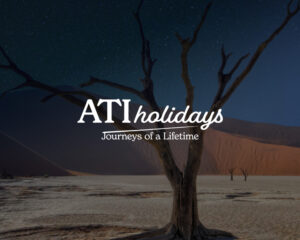Eastern Highlands
The mountainous Eastern Highlands area bordering Moçambique offers a completely different landscape and climate to most of Zimbabwe. The cool, lushly vegetated uplands could easily be mistaken for the Lake District of England and are a welcome respite from the heat of lower lying areas. The low population and remote nature of the Highlands make the area a hiker’s paradise as well as being a haven for many bird and animal species. Many golf courses lie scattered throughout the area as well as bubbling streams offering an ideal opportunity for trout fishing. Interesting archaeological sites have also been found throughout this area.
The Highlands encompass three specific mountain areas stretching for 300km; Nyanga which is the largest, Bvumba with the highest rainfall and Chimanimani, the most remote of the groups, located on a windswept massif
Nyanga is reminiscent of English moorland with dense forest, waterfalls, rivers and silent lakes. The Iron Age population living in this area stripped much of the forest for agriculture, leaving stone terracing which still exists today along with stone walled enclosures, corrals and forts.
Mt. Nyangani is Zimbabwe’s highest mountain at 2593m and it towers above the Nyanga landscape. The area is not home to a great number of animals, but there are a number of kudu, wildebeest, waterbuck and leopard, a predator that seems able to thrive in almost any habitat. There are many private nature reserves in this area as well as Nyanga National Park which consists of 33,000 hectares of Cecil Rhodes Homestead. The private reserves are characterized by pine plantations, montane hardwood trees and fern and orchid filled valleys.
The Mutarazi Falls are situated in the Mutarazi National Park, in the south of Nyanga. The Falls are 762m high and are the second highest in Africa, after the famous Victoria Falls. The area is beautiful, lush and green with wildflower meadows and shady valleys.
The Bvumba Mountains lie 28km southeast of Mutare, the area\’s major town. The Bvumba and Bunga National Botanical Reserves offer a pretty contrast between planted English gardens and indigenous forests. There is a profusion of wildlife with samango monkeys, eland, duikers, bushbuck and sable as well as many tropical birds. The Bvumba area is also famous for the good quality cheeses produced here!
The Chimanimani area is the most remote, and most of the granite peaks are only accessible by foot. Two thirds of this area lies in Mozambique and it can be easy to stray across the border by accident as there are no fences. Many interesting hiking trails wind their way around these mountains and the Bridal Veil Falls are located here, a peaceful and scenic landmark surrounded by ferns, lianas and still, clear pools. The Chimanimani area is riddled with some of the world’s deepest cave systems, one in particular sinks 250m into the ground! This area is home to many bird and animal species, and visitors may have the chance to see some of the rare tropical birds or the tree civets which make their home in the botanical forest reserve.
